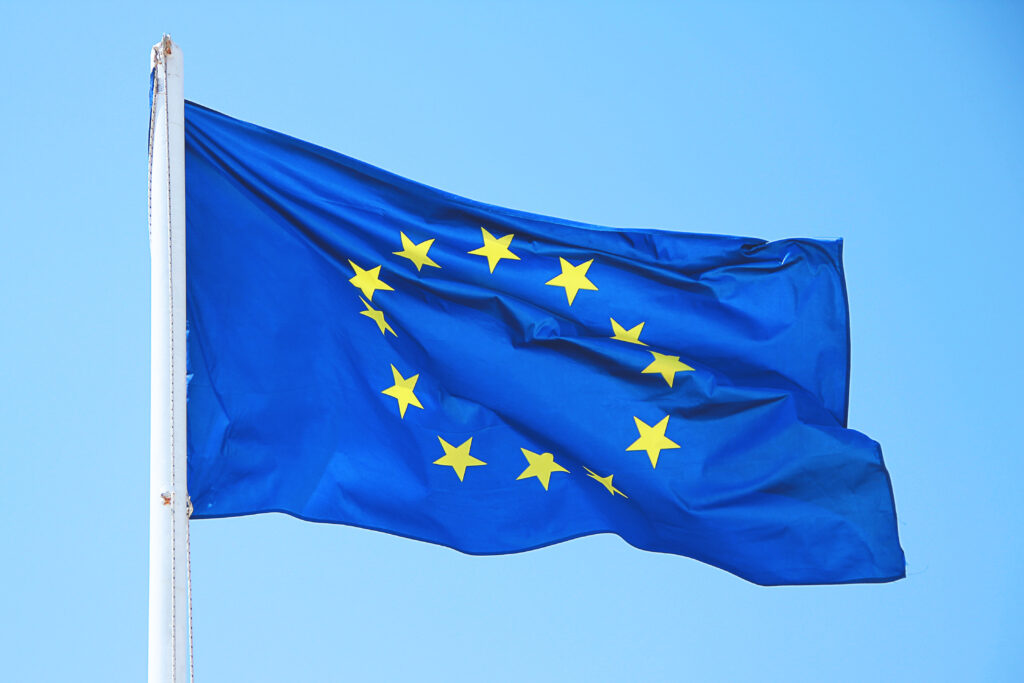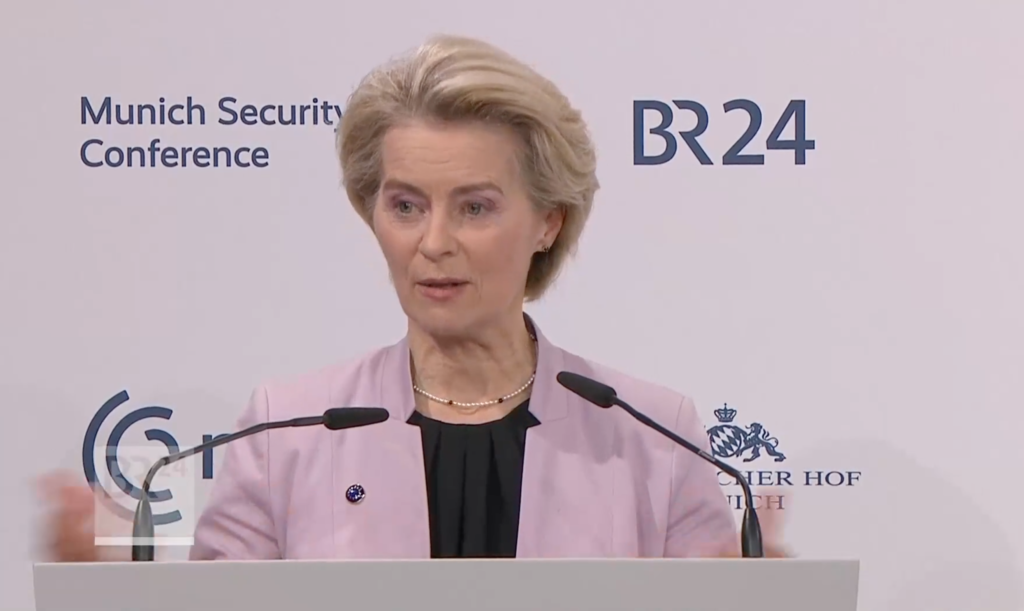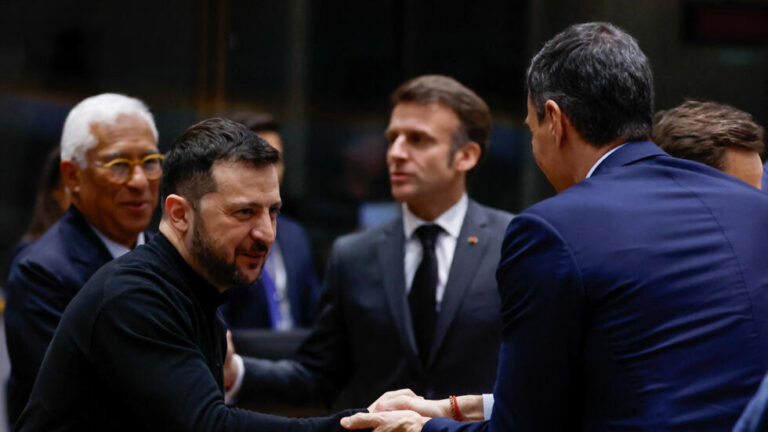A Clean Industrial Deal to Rival Global Competitors

A leaked draft of the European Commission’s Clean Industrial Deal (CID) outlines the EU’s ambitious plans to position itself as a global leader in clean technology and circular economy by 2030. The policy framework, set to be unveiled on February 26, focuses on strengthening Europe’s industrial ecosystem while competing with the U.S. and China in the race for sustainable innovation.
The CID aims to create clear incentives for companies to decarbonize within Europe and foster a resilient economy through six core “business drivers.” These include affordable energy, demand stimulation, financing, resource circularity, access to essential raw materials, and international market expansion. However, many details, particularly regarding financial commitments, remain unspecified in the leaked document.
Key Pillars of the Clean Industrial Deal
Affordable Energy & Infrastructure
The CID emphasizes the need for affordable energy, with an action plan to be published alongside the policy. The European Investment Bank is expected to launch a pilot program for corporate power purchase agreements (PPAs) on the same day. Additionally, a “grids manufacturing package” will target Europe’s transmission network challenges, which have hindered the transition to electric transport and industry.
Further measures include accelerating permitting procedures, streamlining the gas market, and revising energy taxation policies, with specific recommendations expected next year.
Boosting Demand & Industrial Innovation
A major component of the CID is the creation of “lead markets” for sustainable industries, partly through a forthcoming Industrial Decarbonisation Accelerator Act, scheduled for the end of 2025. The EU also intends to advance its hydrogen economy by clarifying regulations for low-carbon hydrogen production.
To address workforce shortages, the Commission plans to launch a “Union of Skills” initiative on March 5, alongside an action plan specifically tailored for European car manufacturers.
EU Maintains 90% Emissions Reduction Target

(Ursula von der Leyen on the Munich Security Conference) – 20minutos.es
Despite concerns over financing, the leaked draft confirms that the European Commission remains committed to its 2040 climate goal: a 90% reduction in greenhouse gas emissions. Recent statements from Commission President Ursula von der Leyen reinforce this dedication, emphasizing that Europe will “stay the course” on climate action.
Greg Van Elsen from Climate Action Network Europe welcomed the policy’s alignment with the European Green Deal, particularly its prioritization of renewable energy and circular economy principles. However, he cautioned that the CID falls short in addressing energy efficiency and resource conservation.
“The direction is broadly right, but too many crucial gaps remain unanswered,” Van Elsen noted. “And with financing details still vague, the big question remains—who will foot the bill?”
As Europe moves forward with its Clean Industrial Deal, clarity on funding mechanisms will be essential in ensuring a smooth and effective transition to a greener economy.


